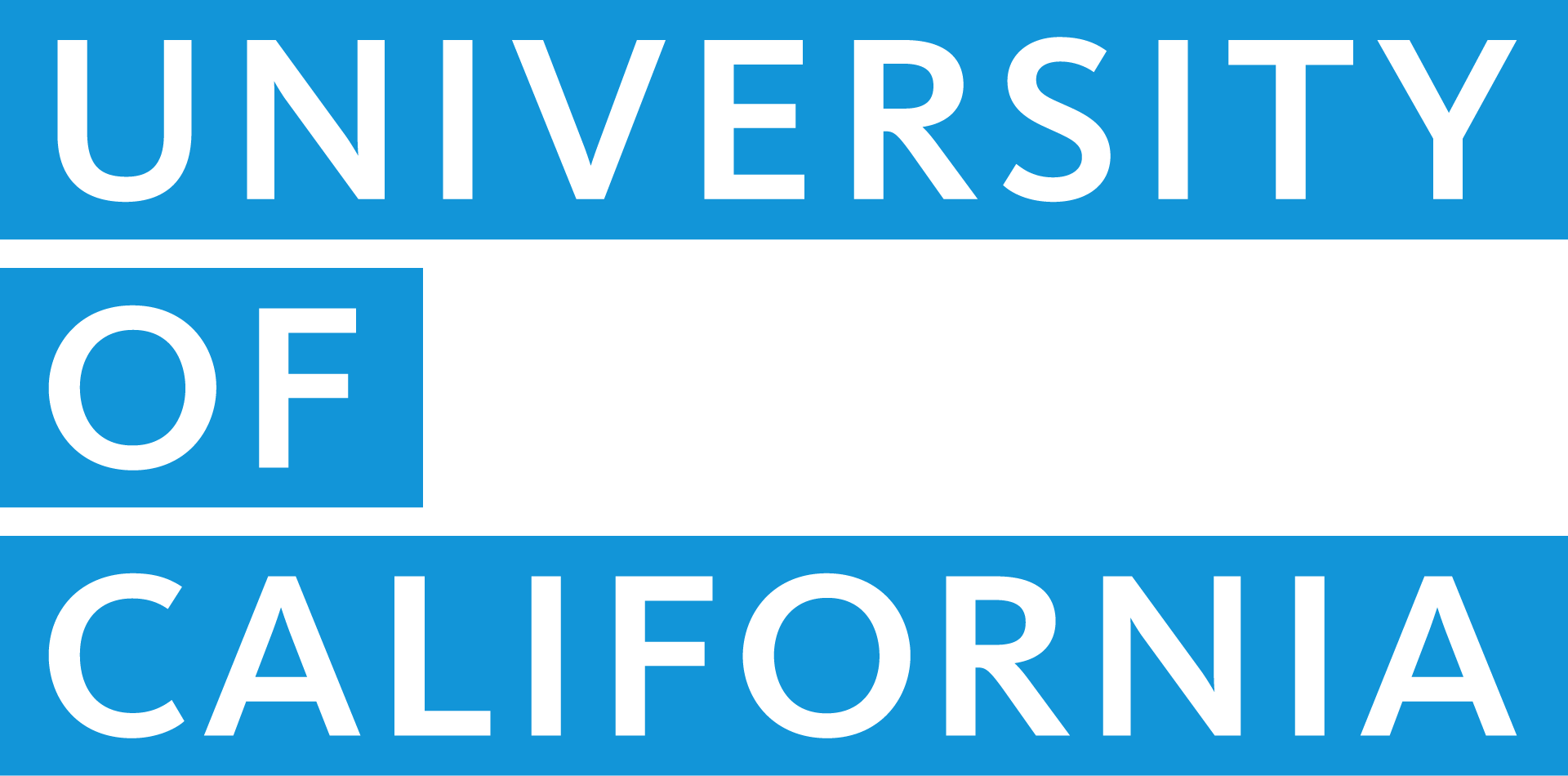Additional Emergency Paid Sick Leave for COVID-19 relief available to UC employees for 2022
Share This Article
Though cases are thankfully declining, the COVID-19 pandemic continues to impact UC employees and their ability to work. In recognition of these ongoing challenges, the University is providing up to 80 hours of 2022 Emergency Paid Sick Leave (2022 EPSL) for full-time UC employees (capped at 80 hours) and the two-week equivalent for part-time employees.
This additional allotment of EPSL is available for immediate use effective February 19, 2022, through September 30, 2022. Employees who took leave between January 1, 2022, and February 18, 2022, for one or more of the qualifying reasons below, may request 2022 EPSL retroactively.
2022 EPSL also provides eligible employees until September 30, 2022, to use any remaining hours from their 2021 Emergency Paid Sick Leave (2021 EPSL) entitlement. Employees who qualify will receive their regular rate of pay when using EPSL during the 2022 EPSL period.
Eligibility for 2022 EPSL
All UC employees are eligible for 2022 EPSL if the University has work for the employee and one or more of the six qualifying reasons below prevents the employee from being able to perform that work.
Employees hired on or before September 30, 2021, who did not exhaust their 2021 EPSL entitlement are also eligible to use any remaining 2021 EPSL entitlement during the 2022 EPSL period if one or more of the six qualifying reasons apply.
Qualifying Reasons
- Reason 1 (Quarantine or Isolation Order): The employee is unable to work or telework because the employee is subject to a quarantine period related to COVID-19 as defined by an order or guidance of the California Department of Public Health (CDPH), the federal Centers for Disease Control and Prevention (CDC), or a local public health officer with jurisdiction over the workplace.
- Reason 2 (Isolate or Self-Quarantine): The employee is unable to work or telework because the employee has been advised by a health care provider to isolate or self-quarantine due to COVID-19.
- Reason 3 (Testing, Diagnosis, and/or Vaccination): The employee is unable to work or telework because of any of the following:
- The employee is experiencing symptoms of COVID-19 and is seeking a medical diagnosis.
- The employee has been exposed to COVID-19 and is seeking or awaiting the results of a diagnostic test for, or a medical diagnosis of, COVID-19.
- The University has requested that the employee obtain a diagnostic test for, or a medical diagnosis of, COVID-19, and the employee is seeking or awaiting those results.
- The employee is attending an appointment for themselves or a family member to receive a vaccine or vaccine booster for protection against COVID-19.
- The employee is experiencing symptoms, or caring for a family member experiencing symptoms, related to a COVID-19 vaccine or vaccine booster.
- Reason 4 (Caring for a Family Member): The employee is unable to work or telework because they are caring for a family member who is either subject to a quarantine or isolation period related to COVID-19 (as defined by an order or guidance of the CDPH, the CDC, or a local public health officer with jurisdiction over the workplace) or who has been advised by a health care provider to self-quarantine or isolate due to COVID-19.
- Reason 5 (Closure of School/Child Care): The employee is unable to work or telework because the employee is caring for their child whose school, place of care, or child care provider is closed or otherwise unavailable for reasons related to COVID-19.
- Reason 6 (Positive Test): The employee is unable to work or telework because the employee tests positive for COVID-19 or because the employee is caring for a family member who tests positive for COVID-19.
Do you have remaining EPSL from 2021? Here’s what you need to know
2022 EPSL provides all employees with new leave, and it also provides eligible employees with additional time to use any remaining hours from their 2021 EPSL entitlement.
Here are some examples:
- If a full-time employee used 40 hours of their 80-hour 2021 EPSL entitlement, that employee may use 120 hours during the 2022 EPSL period (40 remaining 2021 EPSL hours + 80 new hours).
- If a full-time employee did not use any of their 80-hour 2021 EPSL entitlement, that employee may use 160 hours during the 2022 EPSL period (80 remaining 2021 EPSL hours + 80 new hours).
- If a full-time employee exhausted their 2021 EPSL entitlement or was never eligible for 2021 EPSL, that employee may use 80 hours of 2022 EPSL.
For questions, please contact the leave administrator at your location.
